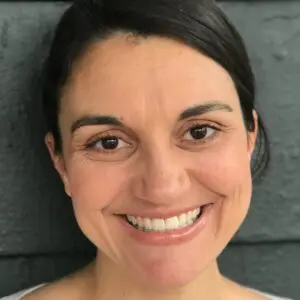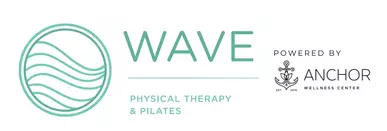Let’s Talk About the Core
You know, the core muscles in your body.
Chances are if you’ve been involved in a fitness activity in the last few decades, you’ve heard someone talk about how important that core is. It’s not uncommon for a person to hear that they should somehow be “tightening their tummy muscles” at all times when moving in order to avoid an injury. Worse yet, some people are prescribed with tucking their bums under them to artificially remove the natural and generously placed, shock-absorbing, lumbar lordosis (low back curve). Yoga practitioners talk about the energy centers of the root and lower abdomen in their classes and Pilates instructors frequently mention the powerhouse.
We thought a strong core was the fountain of youth and the cure to back pain.
I have been thinking about core function for approximately 23 years
This dates back to one of my first Pilates lessons as a young ballet dancer. I asked the instructor how we were supposed to breathe while holding our core muscles in a contraction. The question was not answered, to my surprise. However, my quest to answer this and more has led me on my current career path as a physical therapist specializing in pelvic health. I hope that some of the findings I will share with you shed some positive light on how you think about your own core.
What I’ve learned about the core
Breath
Don’t hold it. Don’t worry about it too much. If you’ve ever worked with me or taken my classes you might feel confused – I talk about breathing often. Here is the thing about breathing: our magical bodies will breathe for us whether we are aware of it or not (except in the most dire circumstances). We can, however, utilize our breath to
- Create a meditative and focused state,
- Become aware of our core muscles (coincidentally they move when we breath),
- Optimize the pressure inside our torso.
- Lots more, but these are some biggies that I use daily in practice
Coordination
Our core is a 3-dimensional canister of muscle and fascia and moving parts surrounding the front, sides, back, top, and bottom of the abdominal cavity. It will work whether we want it to or not for daily tasks like getting out of bed and lifting the laundry. We can however utilize our core to:
- Coordinate well with different movements so that they are easier, maybe less painful
- Contribute optimally to things like peeing and pooping when and only when we want to
- Support healthy, comfortable, pain-free posture throughout our lives, whether we are runners, ballet dancers, standers, or sitters.
- Again, lots more we can do with the core but these are some basics.
Final thoughts
I love core work! More so, I love working out and doing an exercise that challenges my ab muscles to the point where they are burning a little, aka changing 🙂
More importantly, I also love waking up without back pain, taking deep breaths, and not leaking urine.
At the end of the day, I want you to know and meet your goals too. Chances are if it’s a movement goal, your core is involved.
About the author:

Dr. Jessica Chavez-Kline earned a Bachelor of Fine Arts in Dance at The Boston Conservatory and later earned a Doctor of Physical Therapy degree from The University of Miami. She has worked in a wide variety of settings from the Critical Care Unit to Outpatient private practice. With extensive training in many styles and forms of yoga, pilates, and dance, she regularly uses yoga and other forms of fitness and mindfulness practices as therapeutic modalities. As an instructor, she brings evidence-informed and anatomically sound voice to her movement classes. Dr. Chavez-Kline focuses her time and energy on making it possible for people at all stages of life to “feel well,” with a special interest in Women’s/Pelvic Health. With this goal in mind, she is happy to be part of the team at Anchor Wellness.


